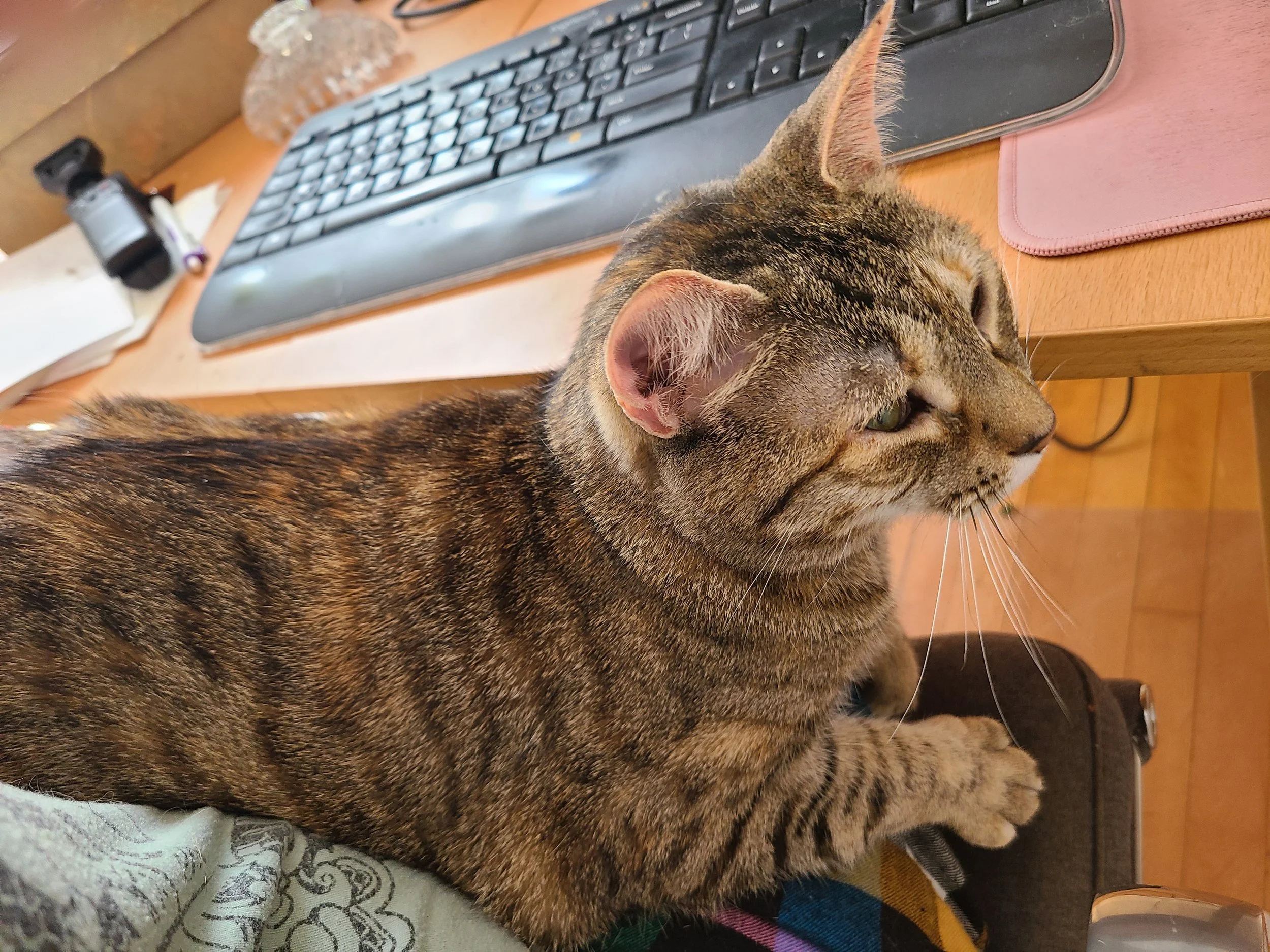Technical Twists: The Ridge That Wasn’t
In this occasional series, I talk about tech editing issues I’ve encountered as an example of issues to look out for in your own pattern writing/knitting adventures. All cases are anonymized – the patterns and their authors will not be identified and I will give only the details necessary to explain the issue and how I fixed it.
I was working my way through a small stuffed toy pattern. All the numbers were adding up perfectly, and the shaping stitches were making the shapes you would need to match the photo. And then I caught myself staring at a section of one particular piece, with the little tech editor alarm in my head telling me something was not quite right.
The pattern in this section looked something like this:
Rows 8-13: Starting with a RS knit row, knit six rows stockinette stitch.
Row 14: P2tog, p to last two stitches, P2tog
Row 15: K2tog, k to last two stitches, k2tog.
Rows 16- 31: Rep Rows 8-15 twice more.
I’ll give you a second to see if you can figure out what I was seeing. Here is a photo of staff kitty Yuna “helping” me edit to provide a spoiler space before the answer.
The Solution:
Scanning through the pattern, you see a row of knit instructions, a row of purl instructions, and a row of knit instructions, which doesn’t initially raise any flags. But six rows of stockinette is an even number — which means you end that section on a purl row and then have the Row 14 purl row immediately following. Additionally, since Row 16 is a knit row (the same as row 8), you also have two knit rows immediately next to each other. This will create a garter ridge in your stockinette stitch.
Now, the first thing I did once I noticed this is check the photos of the finished object. Particularly when working with toy patterns, garter ridges are sometimes intentionally created to help indicate where to fold a piece for later assembly. But in this particular case the ridge would have appeared in the middle of the piece, where no fold was needed, and the photos clearly showed that the piece was intended to be entirely stockinette.
This mistake is an easy one to make and could have happened in a number of ways. The designer could have mistyped or miscounted the number of rows of stockinette. They might have initially had only 5 rows, decided to change it to 6, and forgot to adjust the rest of the pattern. Or they could have seen the “knit” in the row 8 instruction and just automatically wrote the next row in purl, forgetting to factor in that row 13 would have been a purl row.
We ended up fixing it simply by swapping the instructions in rows 14 and 15 and the piece remained in plain stockinette without any misplaced garter ridges.
The Takeaway: If your instructions call for several rows of a patterned stitch at once, it’s always good to double check that the next row in the pattern is the correct row to follow the LAST row in the grouped rows, keeping in mind that it might be different from the first row.


